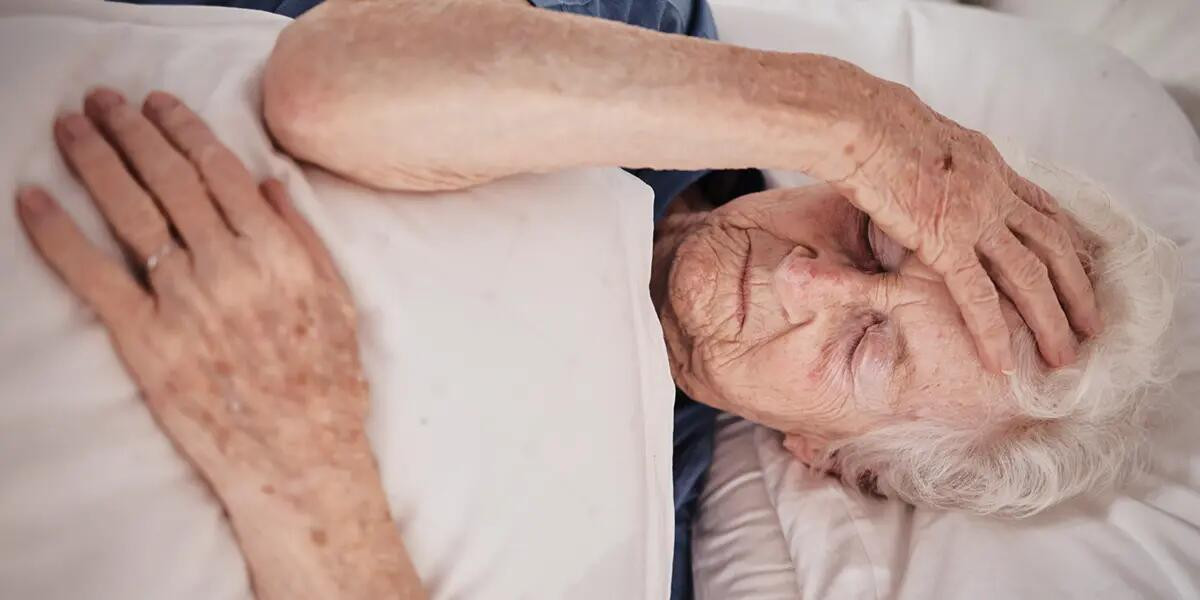Dementia: Emergency Department Visits & Hospitalizations

For people living with Alzheimer’s disease and related dementias, both visits to the emergency department and hospitalizations are common occurrences. Whether starting out from home or from a skilled nursing facility, these visits pose unique challenges and risks.
Emergency department visits
Research published in JAMA Neurology indicates that in the U.S. every year, 1.4 million people over age 65 who have dementia visit the emergency department. Most common reasons for the visit are:
- Accidents
- Behavioral disturbances
- General weakness
“Once a person with dementia is in the emergency department, it can be a very disorienting experience,” according to lead author and geriatric psychiatrist Lauren Gerlach (quoted in the press release from Michigan Medicine). It can be difficult to understand the heightened ambient activity, she says. “Even routine blood draws from unfamiliar staff can be a very scary experience for a patient with advanced dementia.”
Communication challenges confound the clinical scenario. Clinicians who are sorting out symptoms have to consider: Is the clinical presentation “related to a change in their environment, difficulty between the patient and their caregiver, or an underlying medical issue?” notes Gerlach. A urinary tract infection could “cause pain that can lead to agitation or aggression in a person with dementia, who may not be able to express what they’re feeling,” says the press release.
The emergency department is not an “optimal treatment setting” for dementia care, say the authors. In this setting, patients face double the odds of receiving antipsychotics as compared with patients who do not have dementia. A concern raised by the study authors is that antipsychotic or sedative regimens initiated in emergency care could continue upon discharge and for the longer term, introducing new risks to well-being.
Hospitalization admissions & dementia
Regardless of the presenting complaint, dementia is a common condition among older adults admitted to hospitals, too. One-quarter of older adults admitted to acute care hospitals have dementia, note Singh et al., and 6.5% of them receive physical restraints while in the hospital.
Hospitalization places individuals living with dementia “at high risk for in-hospital delirium and behavioral disturbances associated with adverse outcomes such as prolonged stays, excess costs, and higher mortality rates,” the researchers explain. They looked at U.S. hospitalization data for 2016-2020, during which time “991,605 adults were hospitalized for dementia with behavioral disturbances”.
What happens after discharge? Functional decline, heightened susceptibility to disease, and a risk of rehospitalization may follow hospitalization, concluded Anderson et al., publishing in the Journal of the American Geriatric Society. Along with the healthcare cost burden, adverse effects are a key reason many experts are focusing on how to minimize hospitalization for individuals with dementia.
Preventable hospitalizations - dementia
In fact, the Healthy People 2030 plan includes the goal of “reducing the proportion of preventable hospitalizations in older adults with dementia”. Reducing preventable hospitalizations is also a policy objective of CMS and a component of the Affordable Care Act. Already, a “modest decline in transfers from nursing homes to hospitals” has occurred, likely because of policy initiatives, explain Anderson et al. In the community at large, though, “access to primary care may be a major barrier for community-dwelling patients with dementia,” they added.
Altogether, Anderson et al. estimated that about 40% of hospitalizations for individuals with dementia might be preventable through detection, monitoring, and management of health conditions, administered in the outpatient or skilled nursing facility setting. Examples of conditions that lead to preventable hospitalization include chronic conditions such as congestive heart failure and chronic obstructive pulmonary disease, as well as acute conditions such as pneumonia or urinary tract infection. Injury (e.g., from a fall) is another common cause for admission. (Find out why falls are more common in dementia). The authors comment, “reducing unnecessary hospitalizations is a crucial step toward improving patient-centered care and clinical outcomes for older adults with dementia.”
Nursing home admissions from the hospital
For individuals living with dementia, a majority of hospital admissions come straight from the community; about 9% originate from nursing facilities or home health. Upon discharge, Anderson et al. found that more than half of patients coming in from the community then transfer to a nursing facility.
This profound effect on a patient’s care trajectory could be, in part, a function of caregiver stress, say the researchers. It could also reflect problems like functional decline and delirium triggered by the hospitalization experience. Furthermore, it could reflect cognitive conditions that were not diagnosed and/or addressed in the outpatient setting, they note. The authors also speak to the challenges of making an accurate dementia diagnosis when applying hospital-based norms and standards.
These research findings emphasize that the continuum of care poses unique risks for people living with dementia. For newly admitted nursing home residents, it can be helpful to assess cognitive function and evaluate the neurological underpinnings of symptoms—key practices that can help with a diagnostic reset, if warranted. Through it all, our mission at GuideStar Eldercare is to enhance the quality of life for our shared patients by easing their suffering while actively promoting their safety, functionality, and dignity.
